All window tint used on vehicles is the same, right? Actually no, nothing could be further from the truth. We wanted to share this Vehicle Window Tint Guide guide to help you better understand vehicle window film so you can make an informed decision the next time you have a vehicle tinted.
Vehicle Window Tint Guide
If you’re like most people, you probably assume all vehicle window tint is the same. Sure, it comes in different shades of darkness, and maybe even varying levels of reflectivity, but it’s basically all the same, right? Actually, no. The truth is that the world’s ever-advancing technology has created significant differences that are important for you to understand before getting window tint put on your next vehicle.
Let’s begin this vehicle window tint guide with a little history of the evolution of automotive window tint. At one time, and not that long ago, vehicle window tint fell primarily into two simple categories; basic dyed polyester window film and window films with a metalized layer.
First, you had the basic dyed polyester film. This was typically inexpensive and just gave your windows the tinted appearance you were looking for without much in the way of performance. These dyed films often had a limited lifespan. Typically, they would begin turning purple after three to five years of sun exposure. We are sure you have noticed examples of this type of film driving around. Many times, this film looked great the day it was installed and then slowly faded to the undesirable purple.
 The other vehicle tint option was metalized film that integrated a layer of metal to the dyed polyester. This gave the tinted look while providing some heat rejection. These films cost more than the dyed films and were considered the upgrade option in most shops. The performance was better and the film lasted longer because of the metal layer. The downside to these metal films was that they had more reflectivity (because of the metal layer) and they could interfere with the vehicle’s electronics and antenna systems. In addition, the sheen caused by the metal layer often caused these films to not offer a great match to factory tinted glass on SUVs, trucks and minivans.
The other vehicle tint option was metalized film that integrated a layer of metal to the dyed polyester. This gave the tinted look while providing some heat rejection. These films cost more than the dyed films and were considered the upgrade option in most shops. The performance was better and the film lasted longer because of the metal layer. The downside to these metal films was that they had more reflectivity (because of the metal layer) and they could interfere with the vehicle’s electronics and antenna systems. In addition, the sheen caused by the metal layer often caused these films to not offer a great match to factory tinted glass on SUVs, trucks and minivans.
Unfortunately, for many years, these were the only two window tint options someone had when wanting to get their vehicle’s windows tinted. The supposed “good” dyed film and the “better” option of metalized film. Neither was truly ideal.
Well, we are happy to say that those days are long gone! In 2022, you have a variety of new, high tech options. These films do not turn purple, are not reflective and they can reject a significant amount of heat without being dark. These new films are light years ahead of historic vehicle window film and should be at the front of your mind when you’re looking to have your next vehicle tinted.
Unlike traditional window tint that needs to be darker or metallic to achieve any real significant performance, these new films block the heat through infrared blocking technology. This enables them to even be nearly clear and still block a significant amount of heat.
Another important note is that these films create a protective barrier from the sun’s damaging UV rays for both your skin and the cabin of the vehicle. Studies show the incidence of skin cancer among passengers corresponds directly with the side of their body exposed to the window. For example, a driver in North America tends to have a higher rate of skin cancer on their left side, the one exposed to the sun while driving. Many modern window films are recommended by The Skin Cancer Foundation as an effective protection from the sun. Click HERE to read more.
So, as you can see, not all vehicle tint is created equal. Understand the film technology they use so you can make an informed decision for your car and more importantly for yourself. Often, if you just ask to have your vehicle tinted a specific shade, a shop may use a basic dyed film to give you the look requested. This may give you the look you want, but you may miss out on the performance you could have had. Also, you should check your local tint laws to see what shade is legal in your state by clicking HERE.
Hopefully the information in the vehicle window tint guide helps you the next time you have window tint installed. If you would like more information, or have questions on the information contained in this vehicle window tint guide, we would love to help. We would be happy to answer any questions you might have and give you all the pertinent information about the window films we carry. You can learn more by contacting us at (417) 823-8715 or filling out a form here. We are your premier source for automotive window tint in the Springfield, Missouri area.
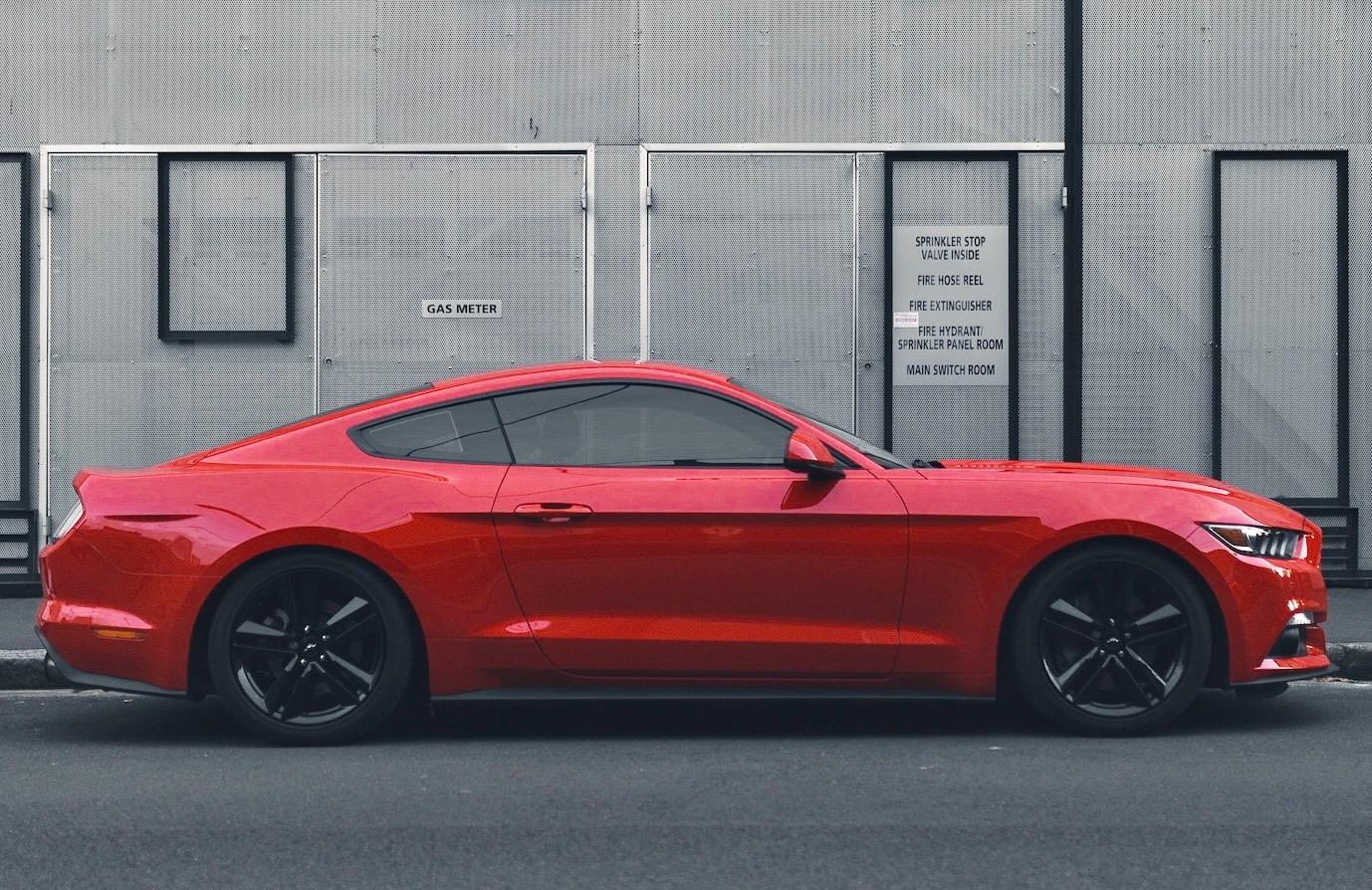


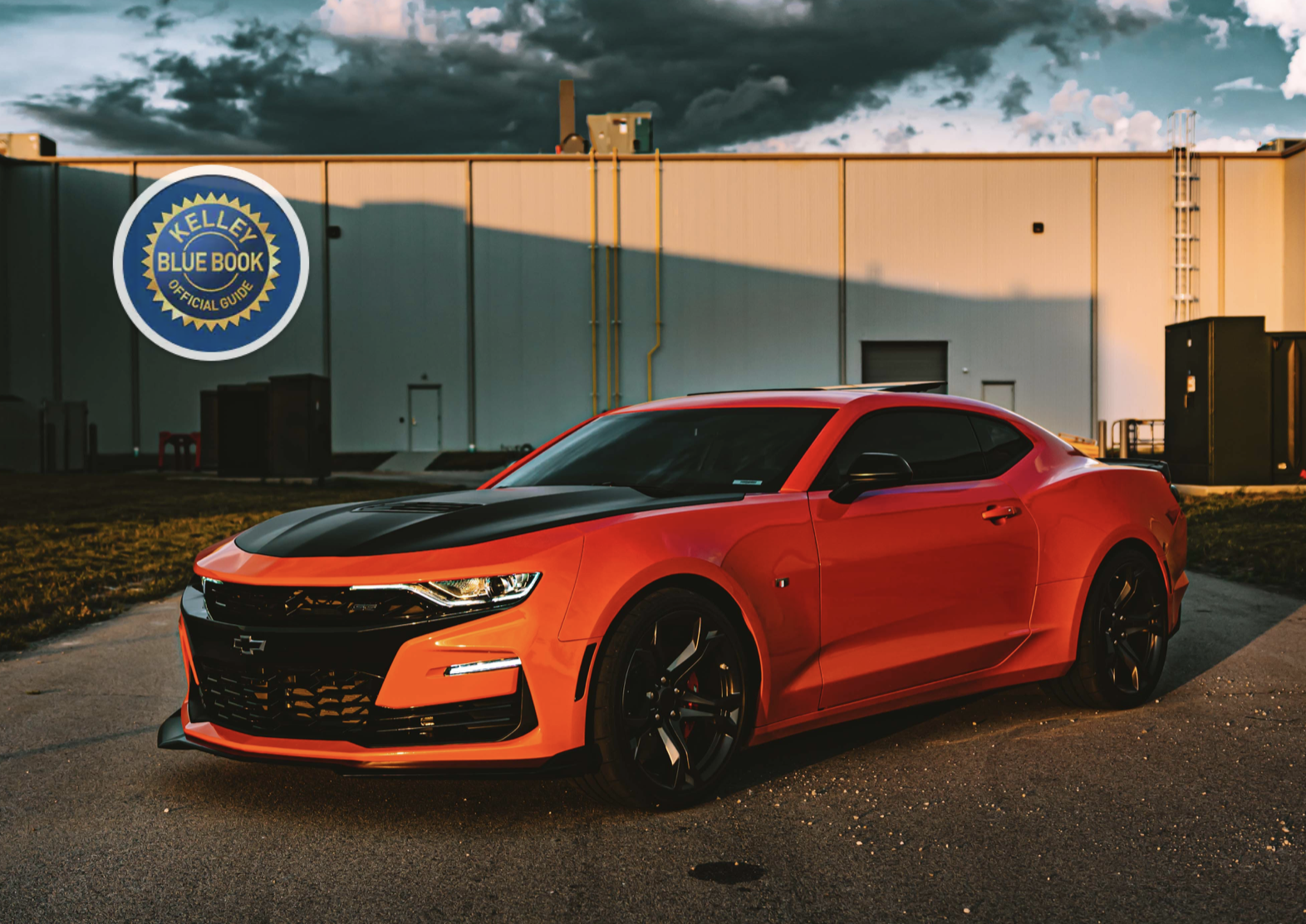
 The first thing the article dives into is answering the question “What is Window Tint?”. The article states that “Aftermarket window tinting is a method of applying a thin film to the interior surface of a vehicle’s windows. This material is designed to darken a car’s windows to block UV light and reduce glare from the sun and headlights.
The first thing the article dives into is answering the question “What is Window Tint?”. The article states that “Aftermarket window tinting is a method of applying a thin film to the interior surface of a vehicle’s windows. This material is designed to darken a car’s windows to block UV light and reduce glare from the sun and headlights.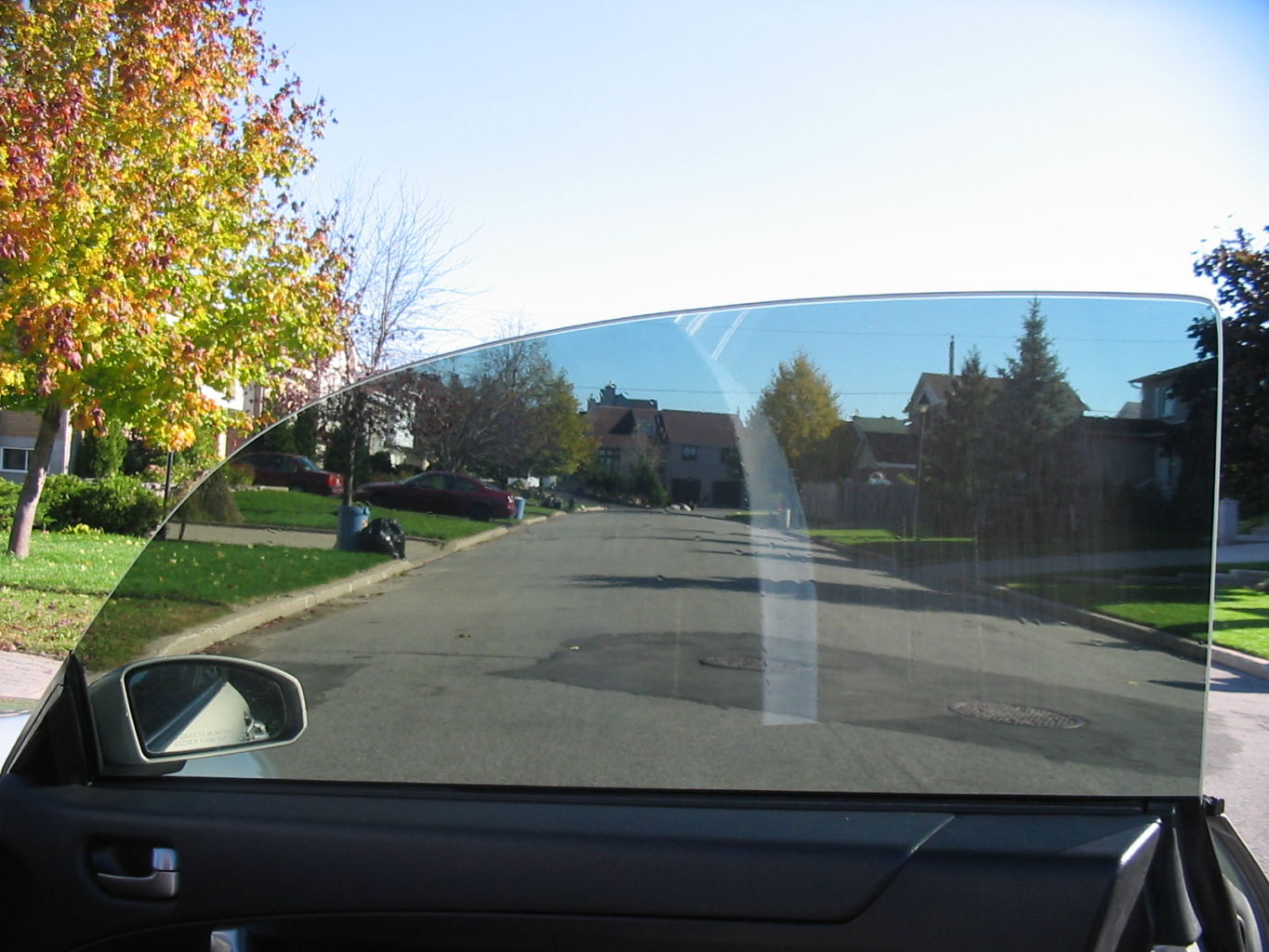
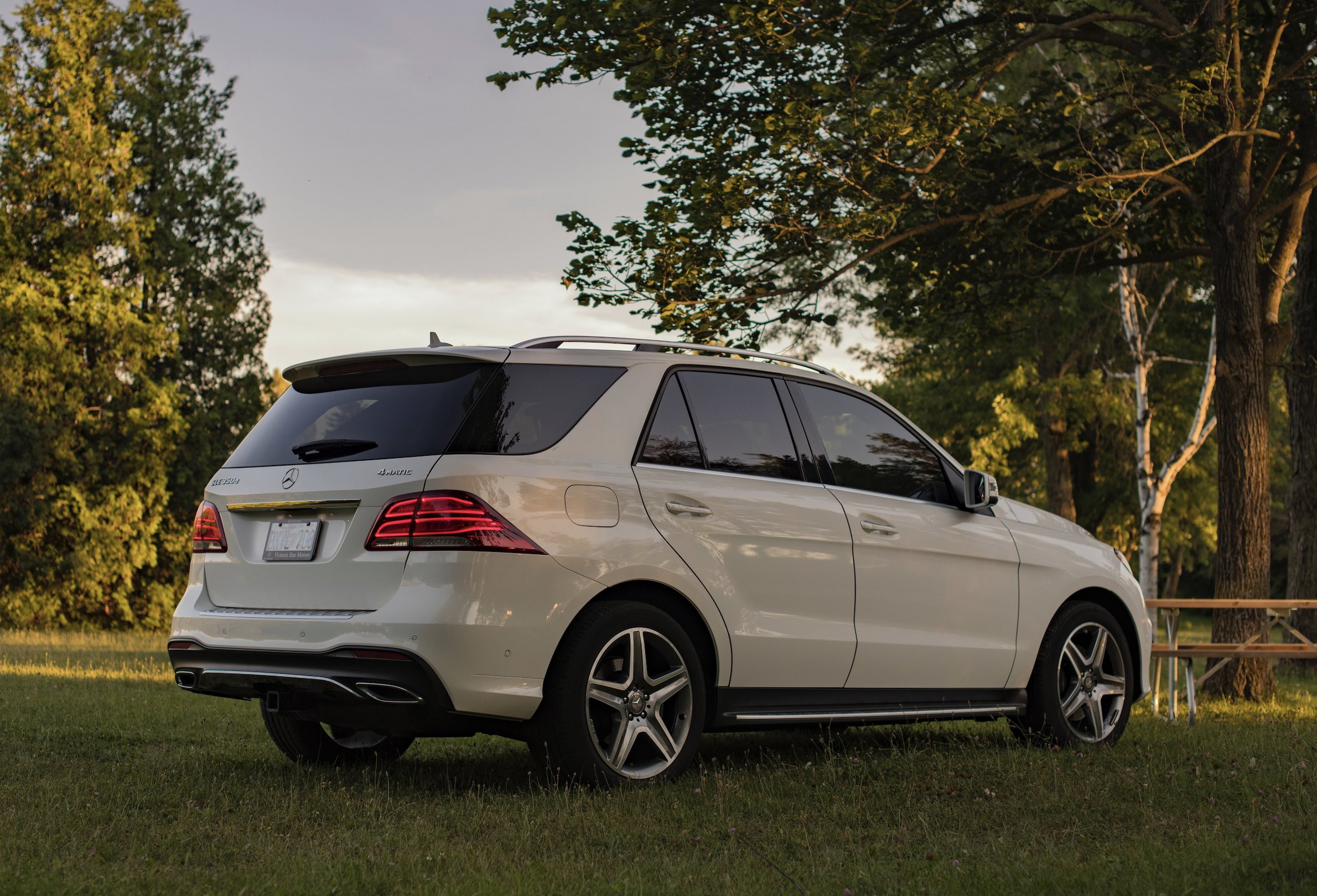
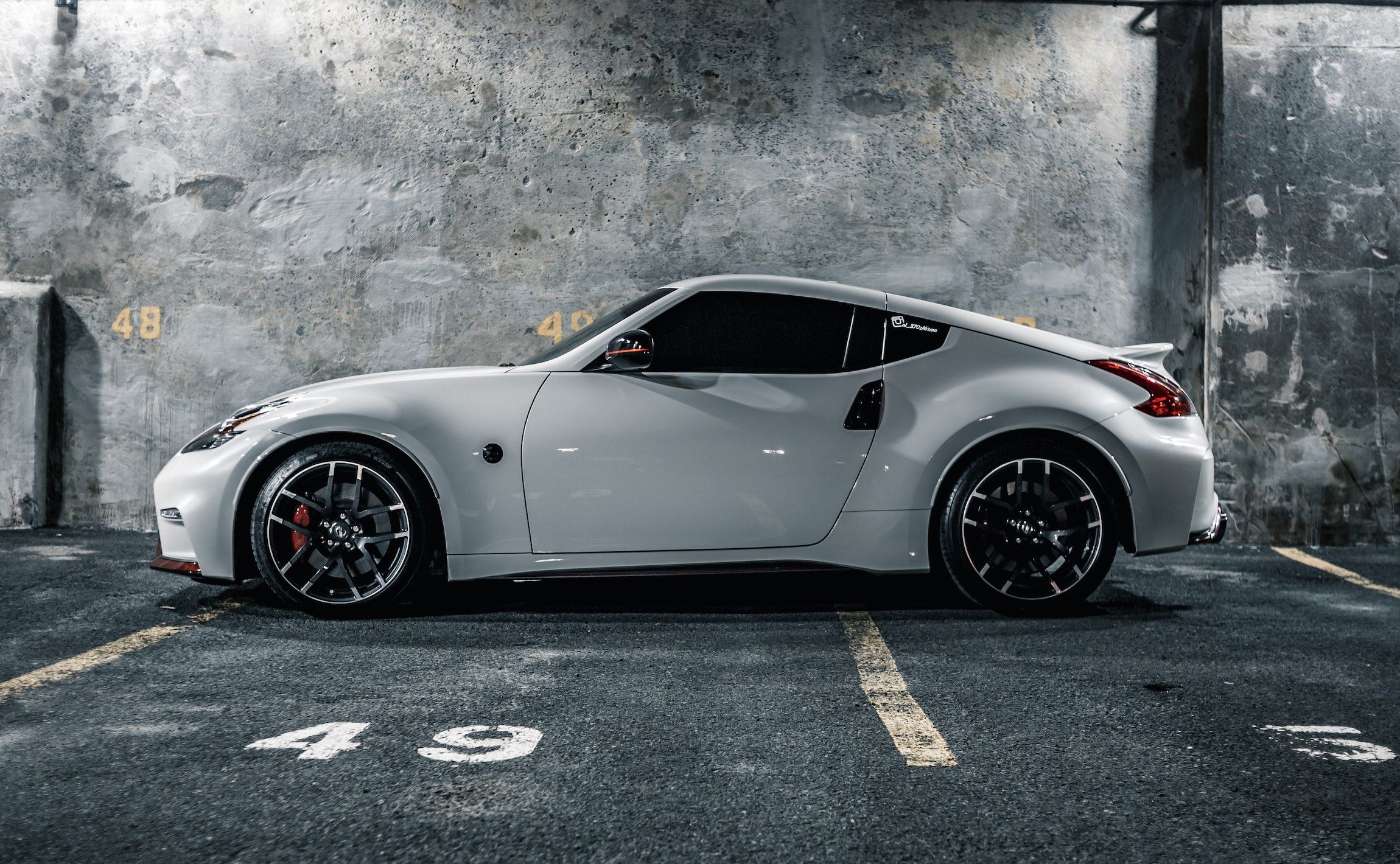
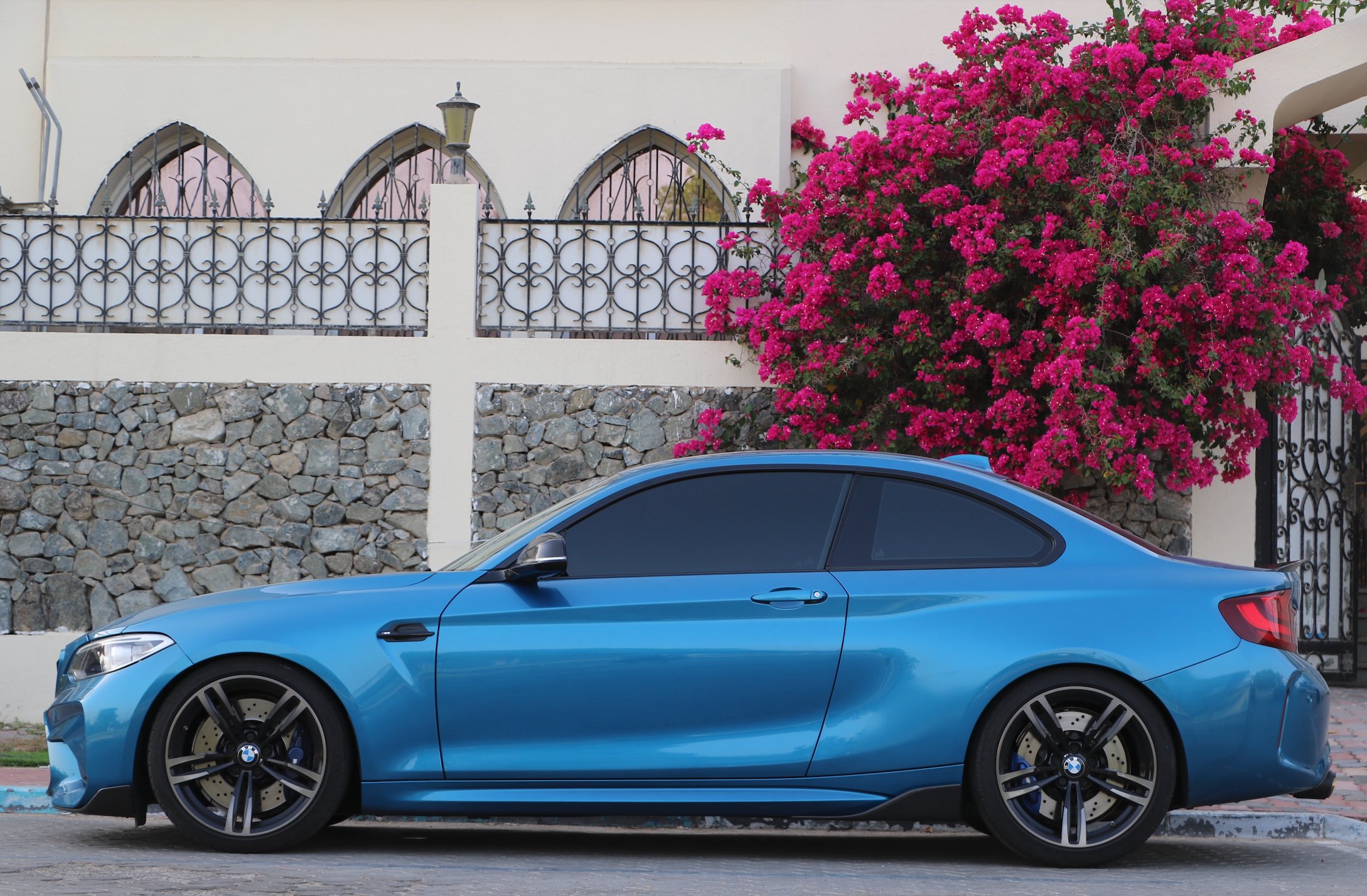
 The other vehicle tint option was metalized film that integrated a layer of metal to the dyed polyester. This gave the tinted look while providing some heat rejection. These films cost more than the dyed films and were considered the upgrade option in most shops. The performance was better and the film lasted longer because of the metal layer. The downside to these metal films was that they had more reflectivity (because of the metal layer) and they could interfere with the vehicle’s electronics and antenna systems. In addition, the sheen caused by the metal layer often caused these films to not offer a great match to factory tinted glass on SUVs, trucks and minivans.
The other vehicle tint option was metalized film that integrated a layer of metal to the dyed polyester. This gave the tinted look while providing some heat rejection. These films cost more than the dyed films and were considered the upgrade option in most shops. The performance was better and the film lasted longer because of the metal layer. The downside to these metal films was that they had more reflectivity (because of the metal layer) and they could interfere with the vehicle’s electronics and antenna systems. In addition, the sheen caused by the metal layer often caused these films to not offer a great match to factory tinted glass on SUVs, trucks and minivans.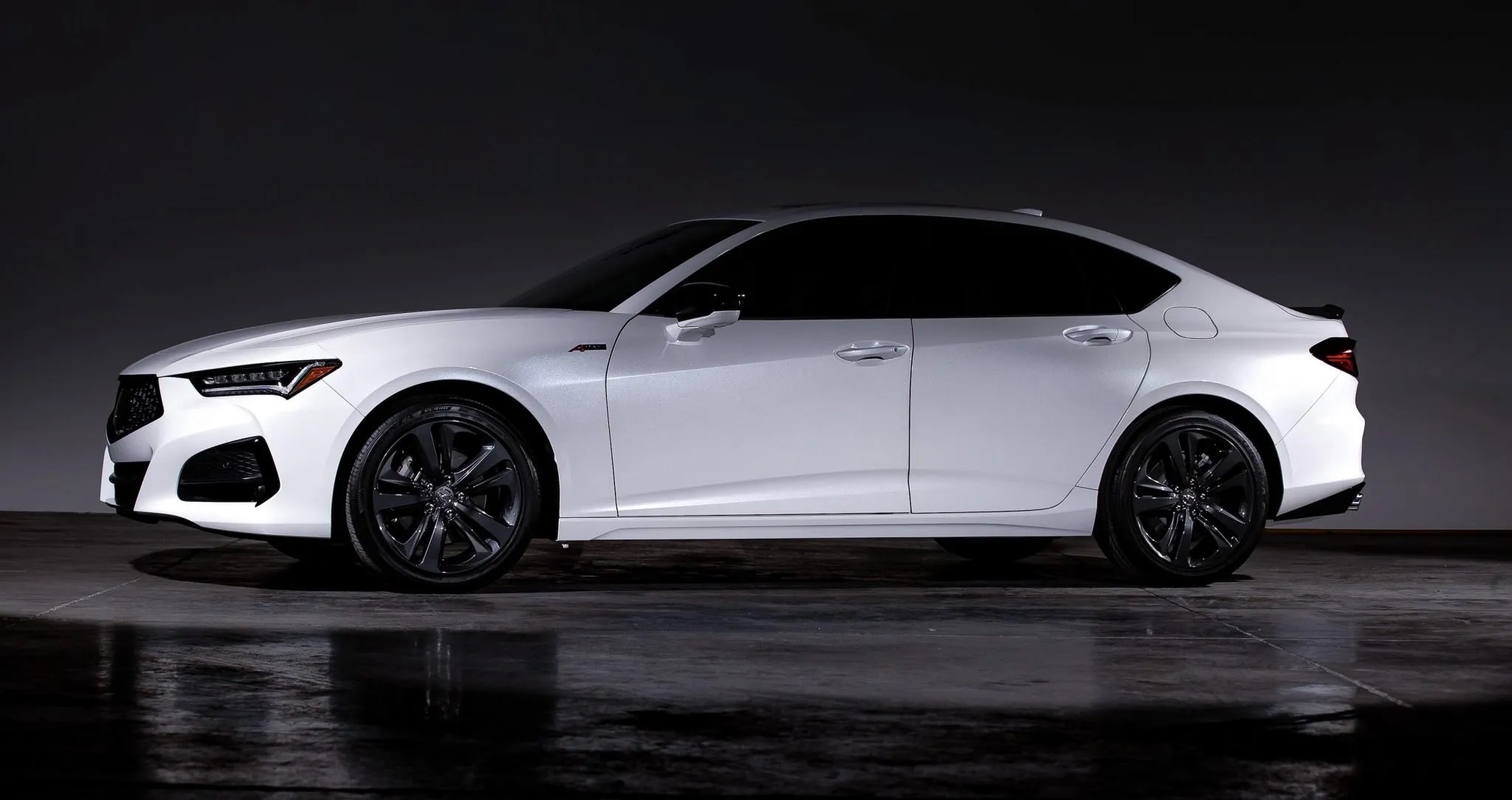
 4 General Types of Vehicle Window Tint Along With Associated Costs
4 General Types of Vehicle Window Tint Along With Associated Costs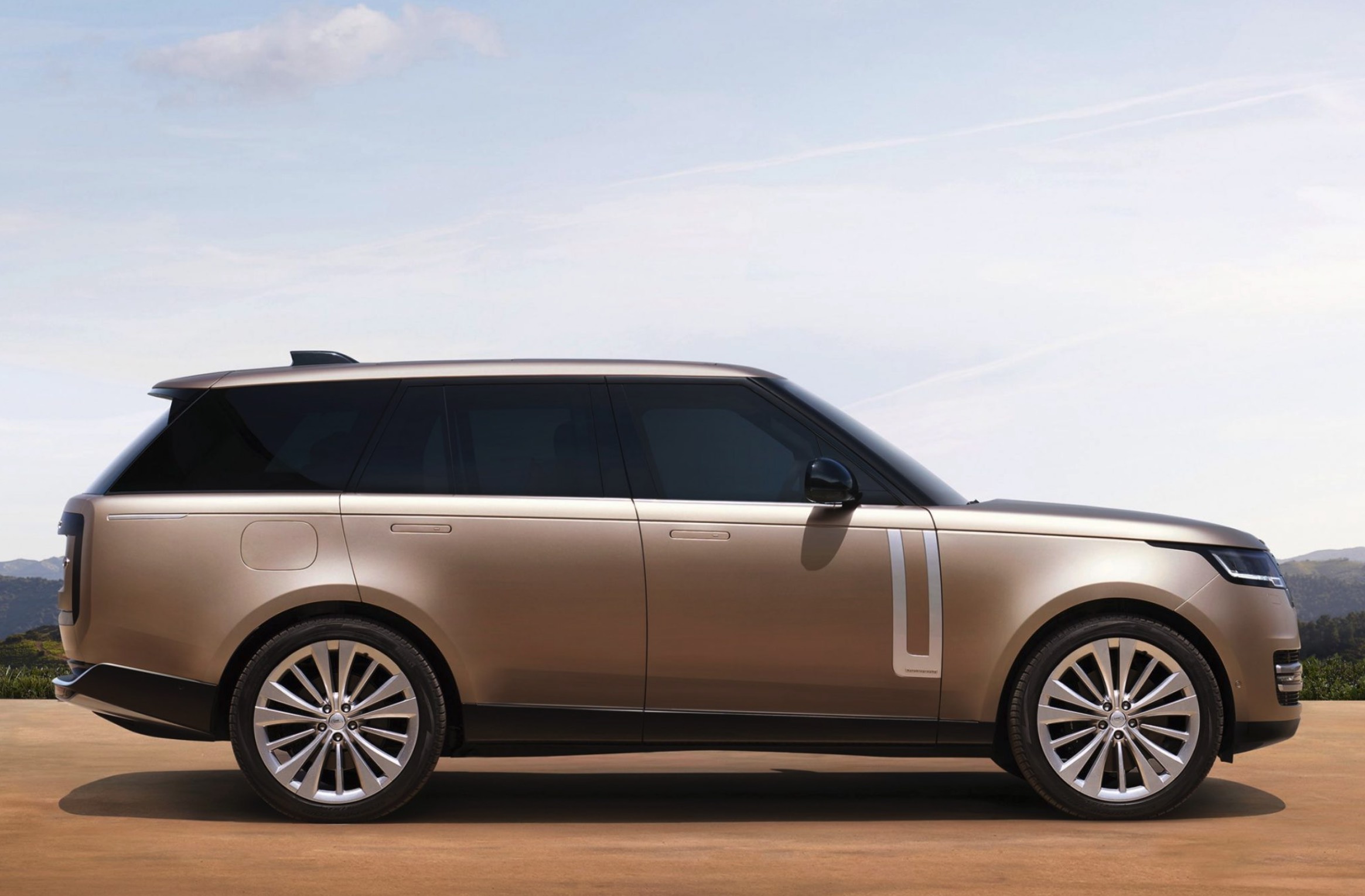
 Performance Benefits of Tinting – The article details that in addition to looks, there are performance benefits associated with window tint. “With window tinting for your luxury car, you can extend the life of your car’s interior, reduce the overall amount of heat inside the car, reduce glare, increase security, improve the look of your car, and increase the efficiency of your car’s air conditioning.”
Performance Benefits of Tinting – The article details that in addition to looks, there are performance benefits associated with window tint. “With window tinting for your luxury car, you can extend the life of your car’s interior, reduce the overall amount of heat inside the car, reduce glare, increase security, improve the look of your car, and increase the efficiency of your car’s air conditioning.”
Recent Comments